Struggle and suffering in India as climate change bites, but what next after ‘brutal’ floods?
Even as India tries to get to grips with COVID-19, another calamity is staring its people in the face. The programme Insight asks whether the nation is able to mitigate the adverse impact of climate change.
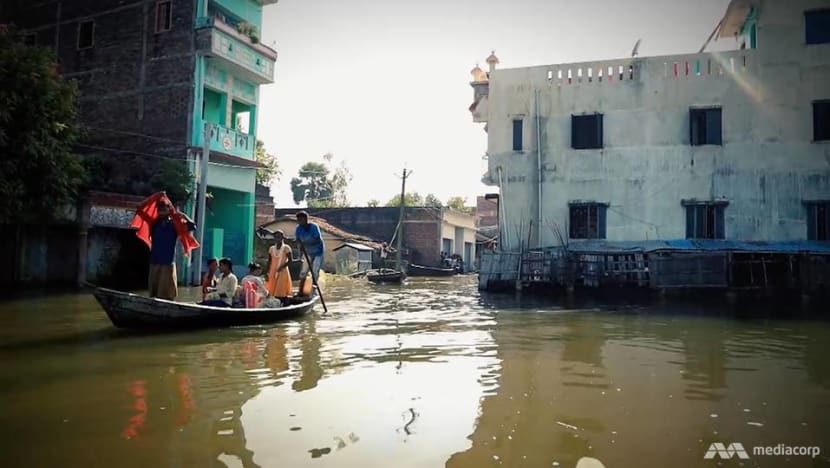
Torrential monsoon rains this year have submerged thousands of villages.

This audio is generated by an AI tool.
DELHI: It was around 8 p.m. when Abdul Wahab saw that the flood water had reached his doorstep and was rising steadily.
By 1 a.m., water started entering his house. That was when his children panicked and started crying. “I tried to calm them and told them not to worry as I was there,” said the 32-year-old.
Somehow he managed to move them to the roof of a neighbour’s house. But “the situation became dire” that night, with the rising waters also bringing the threat of snakes, scorpions and leeches.
“We couldn’t sleep. … The whole night we were shivering in the cold wind and rain. Since we were on top of the roof, there was no way to stop water falling on the children,” he said. “We were in despair.”
They lost all the grain they had stored, their clothes and other belongings. Every house in their village in India’s Bihar state was flooded that night, he added.
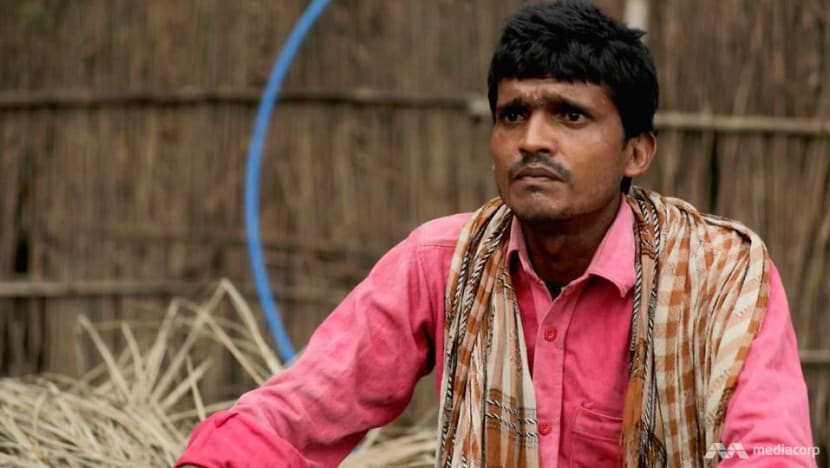
Torrential monsoon rains this year in the world’s second most-populous nation have caused rivers to overflow their banks, submerging thousands of villages, killing more than 1,500 people across 13 states and displacing millions.
Normally, India’s monsoon season stretches from June to September. But climate change has disrupted the cycle. There are now long dry spells followed by scant rainfall and then intense rain within a few days.
“Even though (flooding) is a recurrent phenomenon in India, this year it’s been much worse,” said Centre for Disaster Risk and Safety director general Angeli Qwatra.
At least 275,000 houses have been fully or partially damaged. There have been floods even in Jaisalmer, a desert district in Rajasthan state that does not normally have much rainfall.
“The flood situation in India is absolutely brutal,” said Bharati Chaturvedi, the founder and director of the Chintan Environmental Research and Action Group. “It’s extraordinary how the deluge has come and swept over all of India.”
In a recent episode, the programme Insight asked: Can India chart a new course for a poor nation struggling to deal with this challenge?
WATCH: COVID-19 and climate change — India's poor in deep water (7:06)
WIDE IMPACT
From the state of Bihar in the plains to Assam in the Himalayas to the city of Mumbai on the west coast, the impact of climate change is evident.
“The nature of flooding that’s changing is happening because you’re seeing more extreme rainfall events. So you’re getting massive rain falling in short durations,” said Centre for Science and Environment director general Sunita Narain.
“That’s why you’re beginning to see newer areas coming under floods each year. And you’re beginning to see the extent of, therefore, the flooding also increasing.”
The amount of rain over the year has not changed in recent times, noted Ajay Mathur, the director general of The Energy and Resources Institute.
“But the number of days that it’s raining has dramatically declined. So when it rains, it pours, and we have floods. And then you have many days without rain, so we have droughts,” he said.
“Climate change is here, and we’re feeling its impacts on a daily basis.”
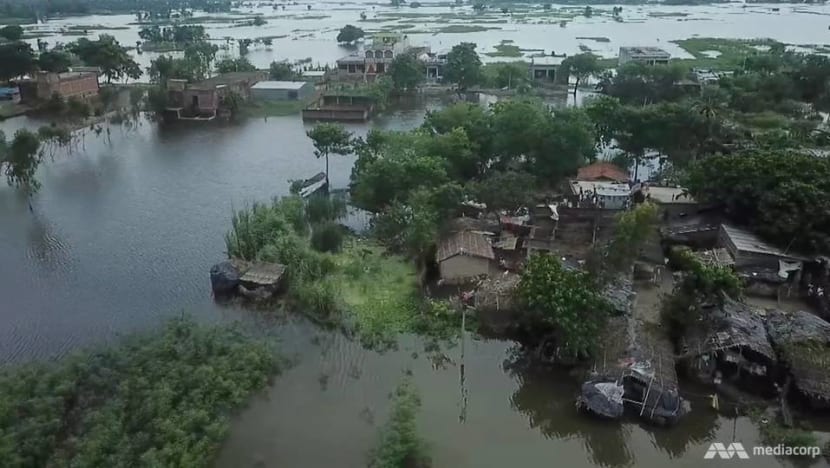
It is an added pressure on the water-carrying capacities of rivers and drainage systems. And many states are vulnerable, since major rivers flow through them.
More than 40 million hectares, or 12 per cent of the country’s geographical area, are prone to floods, according to the National Disaster Management Authority.
“India specifically faces huge losses due to floods,” noted Qwatra. “Ten per cent of losses due to floods globally happen in India. … It’s the most economic loss-causing disaster, to the tune of more than 50 per cent.”
Apart from the economic costs of the vagaries of nature, a 2018 study conducted by the Population Council, a research-based organisation in Delhi, suggested that around 5,600 people die from extreme weather events in India every year.
But this could be an underestimation, since deaths from droughts are not included.

MISERY, FROM POTTER TO FARMER
What is certain and has not changed is that the poor and the marginalised suffer the most. Rina Mudoi, for example, is faced with extreme hardship following the floods in Assam’s Barpeta district this year.
She makes clay pots and plates to support her ailing husband and two daughters. Even in the best of times, eking a living from earthen pottery is difficult. But doing so amid heavy rain and floods is an impossible task.
When the floods came, reaching knee level on her veranda, the potter had to put bricks on a bed and place her utensils — those that had already been baked — on top.
“Those utensils survived,” said the 49-year-old. “Most of my utensils got damaged.”
Ruing that most of her casts also dissolved in the water, she added: “It takes a lot of effort to knead earth. Kneading one basket of earth can take one whole hour.”
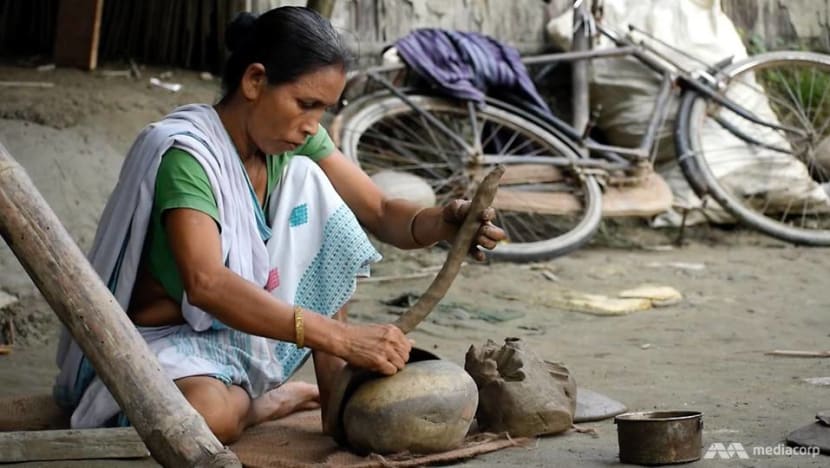
Around 140 people have died in the floods in Assam, with more than 56,000 homes damaged. More than 265,000 hectares of cropland have also been submerged, destroying the means of livelihood of thousands of farmers.
Farmers like Khalilur Rahman, 55, usually know what to do when the rains begin, for example building higher platforms to save their crops. But this year, there was no warning as the waters of the Brahmaputra River engulfed his village.
“We couldn’t predict anything about the water. It increased and then it decreased. It rained so much this year. The sky clears and then it rains again,” he said. “The situation is very bad this time.”
He could not harvest rice in time, and his jute crop died. The floods, which came thrice, dealt a double blow amid the COVID-19 pandemic and the lockdowns.
“We can’t sell what we have. I have livestock, but if I take them to the market, … there are no customers. Who’ll buy my livestock?” he lamented. “That’s how my condition is. There’s no end to our suffering.”
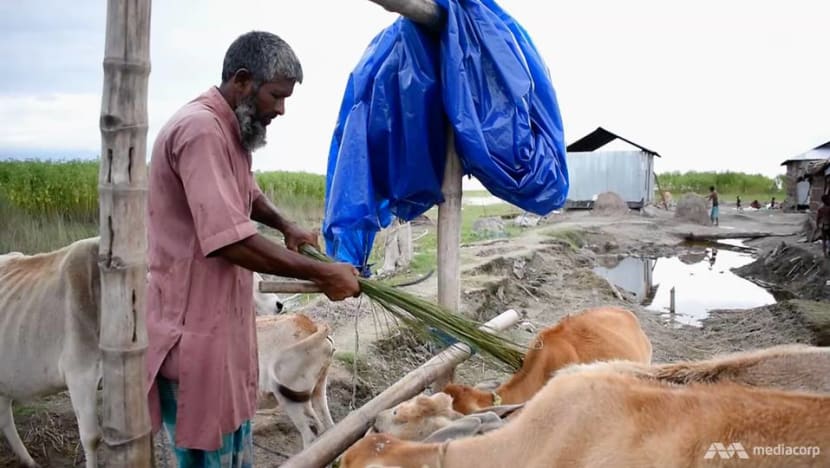
He had hoped the government would alleviate their suffering by, for example, paying for their crop damage, but was left disappointed. “They gave us relief three times — some rice, some lentils, salt, et cetera,” he cited. “That’s all.”
The disruption to farmers is massive and complex. With floods on the increase, rivers are depositing more and more sand over their farms rather than fertile silt.
“So they've lost not only crops, but also fertility,” said Chaturvedi. “We’re looking at … an overall massive, massive entry of these people who are flood-affected back into poverty.”
A COASTAL CITY UNDER THREAT
It is not only villages, however, that are bearing the brunt of climate change and flooding. India’s financial capital, Mumbai, now faces severe flooding every year and recently recorded its heaviest spell of rain since 2005.
WATCH: India flooded by climate change — the full episode (47:38)
According to a study last year by United States-based organisation Climate Central, rising sea levels put large parts of Mumbai, home to 20 million people, at risk of being submerged by 2050.
“There’s absolutely no doubt that Mumbai is a victim of climate change. I wish it were only climate change,” said Bittu Sahgal, the founder of the Sanctuary Nature Foundation.
Unplanned and unchecked growth has led to the destruction of wetlands and mangroves, which once acted as barriers against nature’s extreme events.
“We’ve destroyed almost all our natural drainages,” noted Sahgal. “And the storm drains that used to allow water to exit … are choked with plastic garbage.”
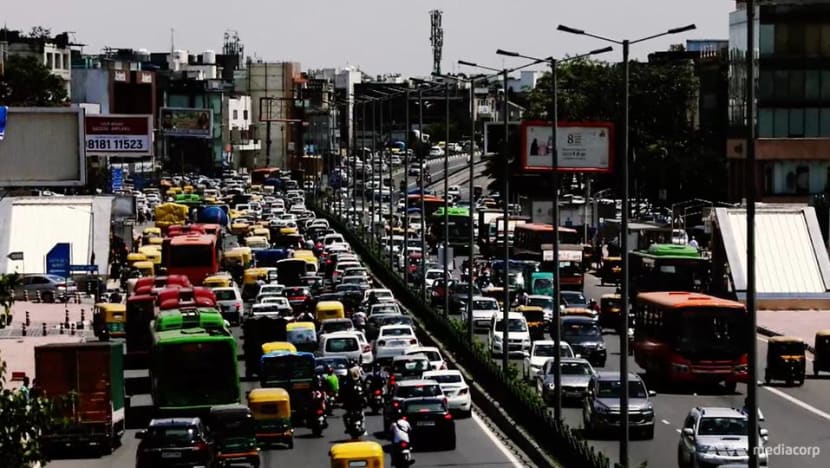
The drainage system has not been modernised as the city has grown, said Chaturvedi, who also cited the felling of over 2,000 trees last year in Mumbai’s Aarey forest — for a metro project — as another example of the deforestation problem.
“So we’re talking of a combination of climate change and extraordinarily poor planning … that kind of makes these freak events much severer,” she added.
A more recent study, by McKinsey and Company, highlighted that almost three million people living within a kilometre of the city’s coastline are under “severe” threat of flooding, storm surges and rising sea levels.
“Mumbai is facing a situation where without rain, just at high tide, we’re beginning to see coastal flooding,” said Sahgal.
“I shudder to think what’ll happen if we have a sea surge and a cyclone at the same time. … We’re making a swimming pool for ourselves, and we’re going to get to see much worse flooding in the coming years."
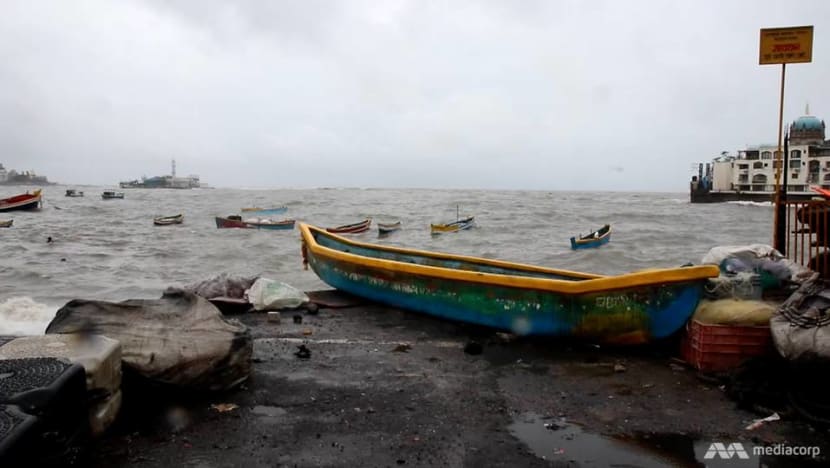
Experts believe that immediate steps are needed to protect Mumbai’s environment and restore its biodiversity, and that both the government and citizens should share the task.
“The citizens are equally to blame because we’re voting for people who are doing the wrong thing,” added Sahgal.
HOPING FOR MINDSET CHANGE, AND MORE
The solutions, however, will not be sorted out overnight. India oscillates between extreme heat and droughts and heavy rain and floods, ranking fifth in the Global Climate Risk Index for 2018, the climate vulnerability ladder released by think tank Germanwatch.
To reduce the risks, the country has taken steps to deal with the natural disasters it faces. For example, the government has built barrages and levees to control the flow of water.
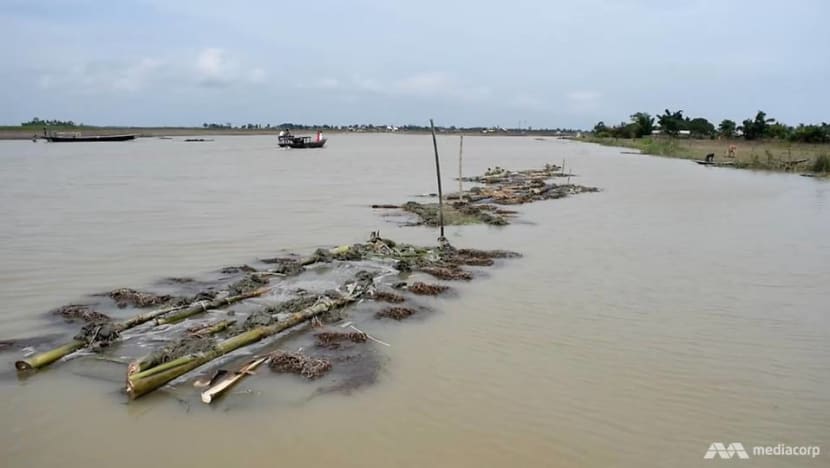
But experts believe that such measures are of limited use, since a river in flood can breach these fortifications easily. “They’re sometimes even proving counterproductive,” said Qwatra. “The floodwaters aren’t even receding because of the embankments.”
Narain hopes to see a mindset change. “The entire approach till now has been to ... hold the river down. Because the river must not flow against my wishes. It’s a very masculine approach to river management,” she said.
“We should be finding ways of being able to let the river water provide the bounty that it can, without the destruction.”
The same is true for cities, agreed Mathur, a member of the Prime Minister's Council on Climate Change.
“Making cities such that they can take in the larger amount of water and slowly release it — the so-called sponge city — is an alternative that allows us to live with nature rather than fight nature,” he said.
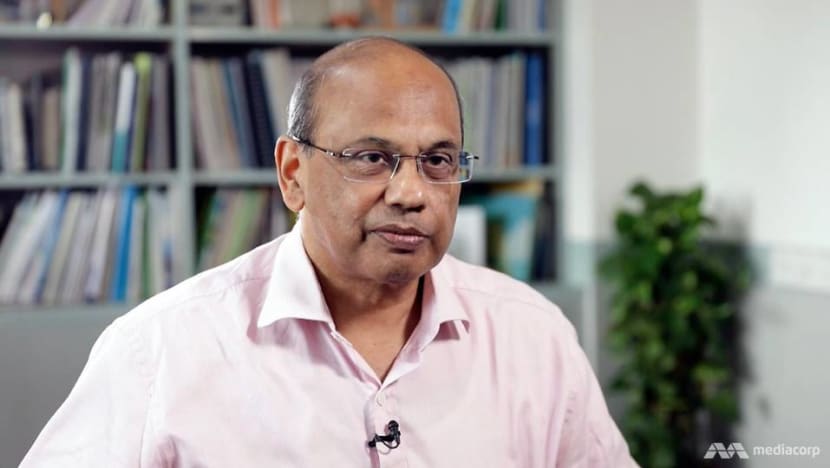
As the world’s third-largest emitter of greenhouse gases, India must also reduce emissions as part of the Paris Agreement, which aims to keep global temperature rise this century to below two degrees Celsius and even limit it to 1.5 deg C.
The country’s targets are on track, said Mathur, who also pointed out that the organisation, Climate Transparency, has acknowledged that no other G20 country’s pledges are as ambitious as India’s, compared to its fair share of the global emissions budget.
India aims to limit its carbon emissions to the same levels that trees, soil and oceans can absorb naturally.
Last year, in ramping up its alternative energy sector, the country installed 7.3 gigawatt of solar power, strengthening its position as the world’s third-largest solar market.
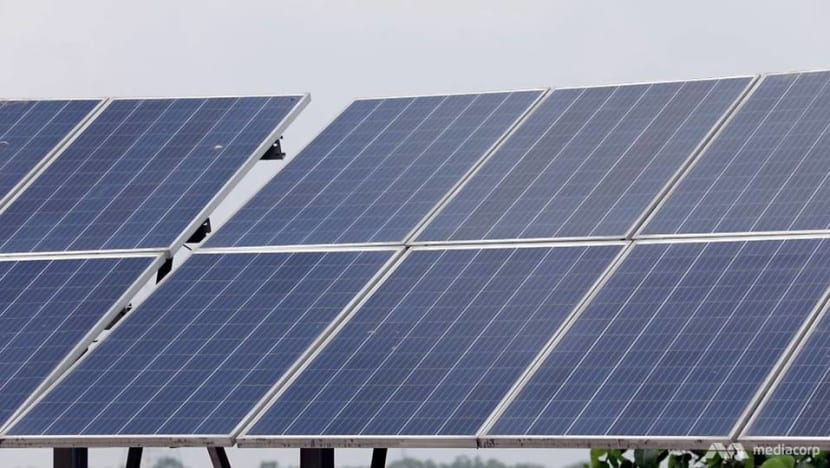
Chaturvedi, the environmentalist, has been optimistic about India’s climate targets, but said the challenge now is that “so many of our resources have gone just to fight COVID”.
The fight against floods, for example, is “even worse” this year because of the pandemic, cited Narain. Relief camps have been set up, but the scale of the humanitarian crisis is so huge that the federal and state governments are at their wits’ end.
“Governments today are completely overworked, overstretched (and) fatigued,” she said. “But the larger question that we have to ask is, do we have the right strategy that governments can employ so that next year the flooding isn’t so bad?”
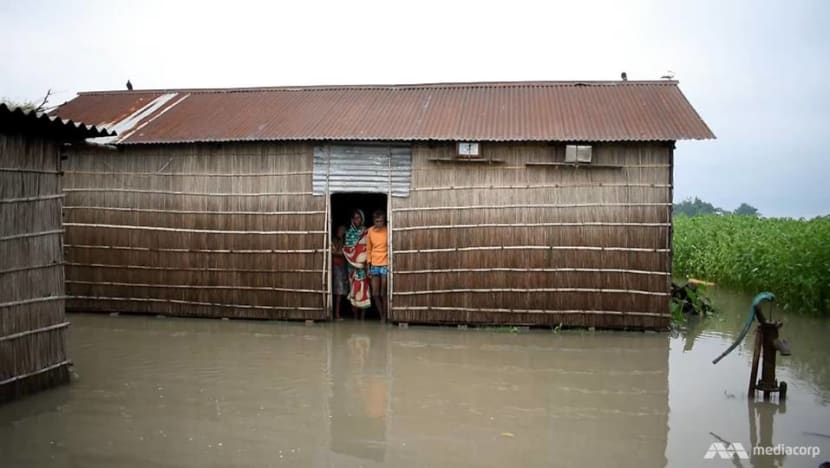
Whether it is one calamity or the other, “one of the biggest lessons” is that “the world isn’t acting as one”, she added. “That’s why we’re losing the battle on COVID, and we’re certainly losing the battle on climate change.”
For flood victims Rahman in Assam or Wahab in Bihar, change is not coming quick enough to make a difference to their lives.
“If I had money, I could’ve bought land in a place that couldn’t be breached by floods. We don’t have that opportunity. I’ll have to die here,” said Rahman.
“We’ve lost our crops, our homes and our livestock. If the government had paid (us), it would’ve been a great help. But the government won’t.”
Wahab added: “When the child cries for food, we don’t have anything but the same flood water to give.
“What we’re seeing for the last few years has made us helpless, and we fear worse conditions when my children grow up.”
As things stand, Sahgal believes climate change has become a reminder that “we won’t be remembered well by our children and their children”.
Watch the full Insight episode here. The programme airs on Thursdays at 9pm.
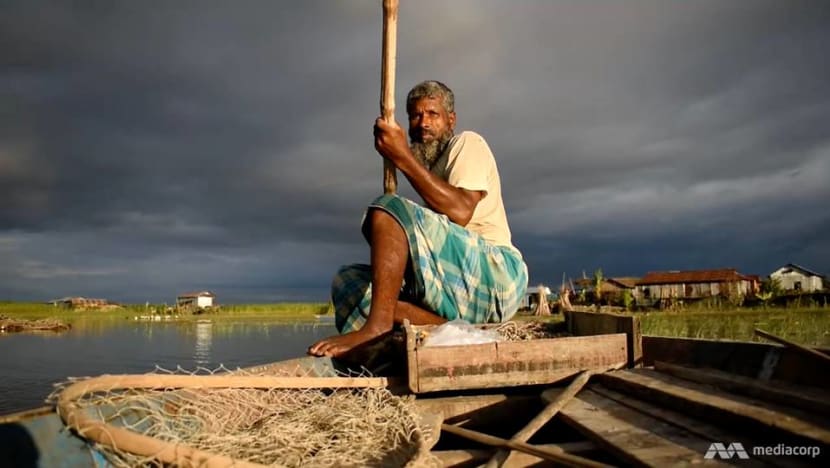









.JPG?itok=97AHNnkd)
.JPG?h=7721c754&itok=cUe3Ld2h)






